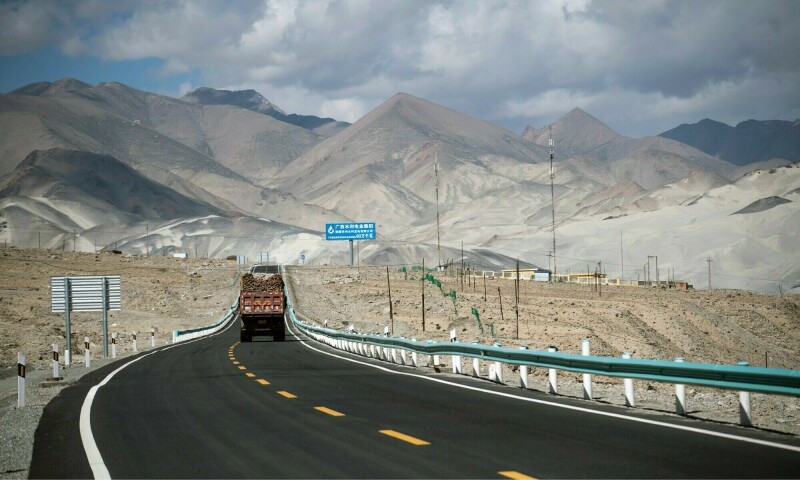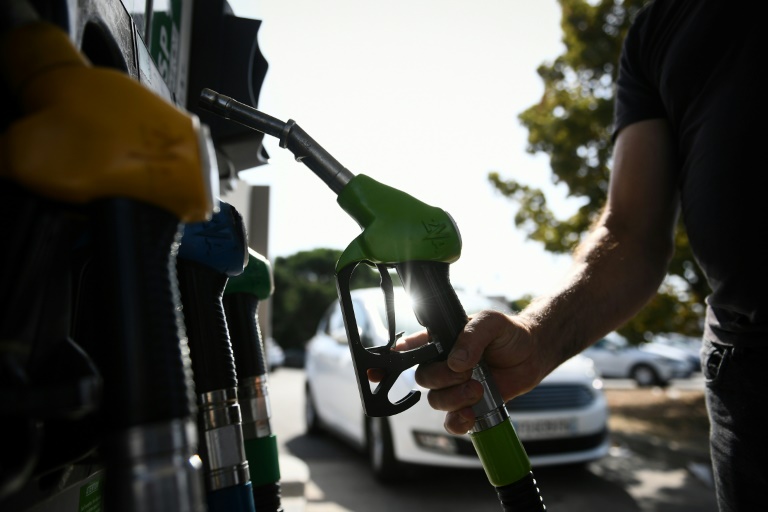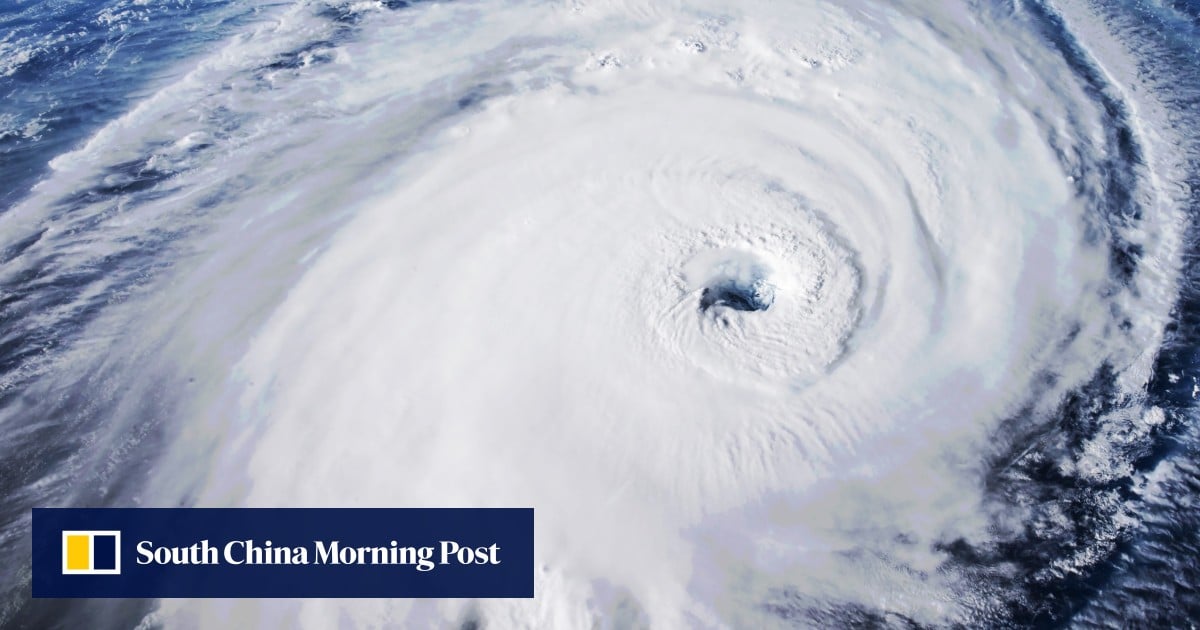ISLAMABAD: Pakistan Tehreek-i-Insaf (PTI) Central Information Secretary Sheikh Waqas Akram said that the regime, terrified by the prospect of the incarcerated PTI Patron-in-Chief Imran Khan’s children returning to Pakistan, resorted to blatant “lies” — a clear reflection of its weakness.
In a statement on Saturday, PTI CIS lashed out at the government for labelling the PTI founder’s sons as foreigners. He made it clear that they were Pakistani nationals who possessed National Identity Cards for Overseas Pakistanis (NICOPs), and therefore have every legal and constitutional right to visit Pakistan and see their father.
“The oppressive and tyrannical government was forced to lie out of fear of Imran Khan’s children coming to Pakistan, which shows how weak and cowardly they are,” Mr Waqas stated.
He emphasised that both were issued tracking numbers for their visa applications submitted to the Pakistan High Commission in London — with Sulaiman’s tracking ID being 88005575178 and Kasim’s 88005575782.
Asserts both are Pakistanis, shares details of visa, NICOP applications
He said applications for both visas and NICOPs have been submitted, and while the issuance of NICOPs may take several weeks from Pakistan, visas can be granted within a matter of hours.
The high commissioner intimated a friend of Mr Khan’s family, who spoke to him that he needed clearance from the Ministry of Interior, the PTI leader claimed.
He said the boys were contacting the embassy through normal routes, and there was no response.
The interior ministry in an official statement claimed it had nothing to do with visa issuance. Then the government claimed, “visa applications have not been received”, he remarked.
The party leader also formally released details about NICOP status of Kasim and Sulaiman as issued by the government.
Published in Dawn, August 3rd, 2025









